Introduction: The Mystery of Stalactite Growth
Did you know that stalactites can grow several inches in just a few days? This rapid growth contradicts the long-held belief that caves and their formations, such as stalactites, require millions of years to develop. The case of Carlsbad Caverns in New Mexico provides an intriguing example of how our understanding of cave formation is evolving, particularly regarding the timescales traditionally associated with these natural wonders.
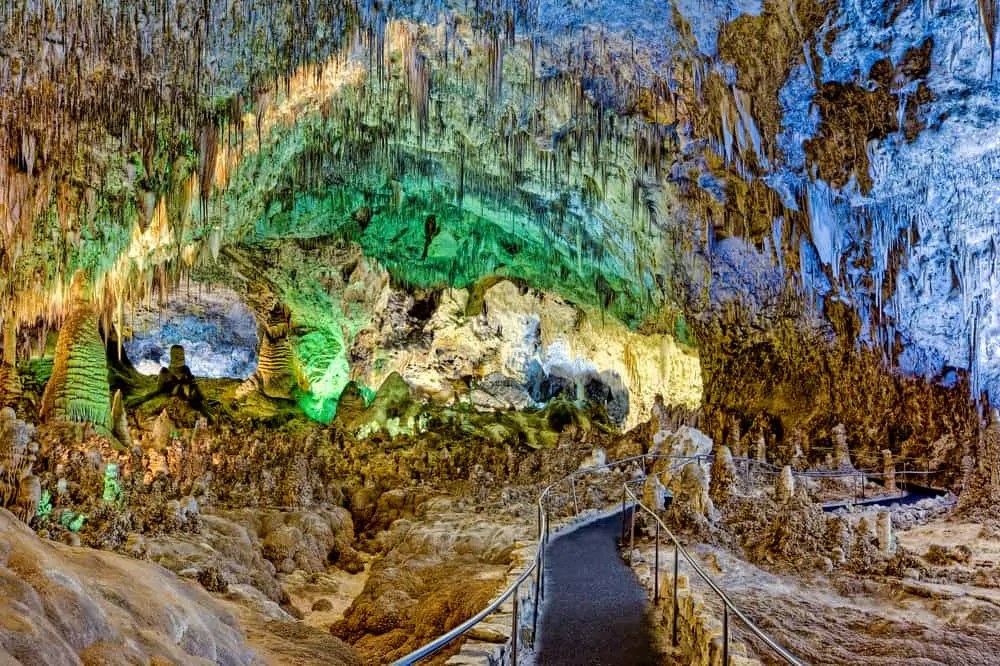
Revising the Age of Carlsbad Caverns
The National Park Service (NPS) at Carlsbad Caverns has made several revisions to the timeline of the cave’s formation. Initially, a sign at the site claimed that the caverns were formed 260 million years ago, a figure that aligned with traditional geological estimates. However, this timeline was soon updated, first to 8 million years, and then to just 2 million years. Today, park ranger Jeff Axel explains, “This cave has been watching the world go by for about a million years.” Despite this shift, the NPS eventually decided to remove the outdated signage altogether, recognizing the limitations of these extended timescales.
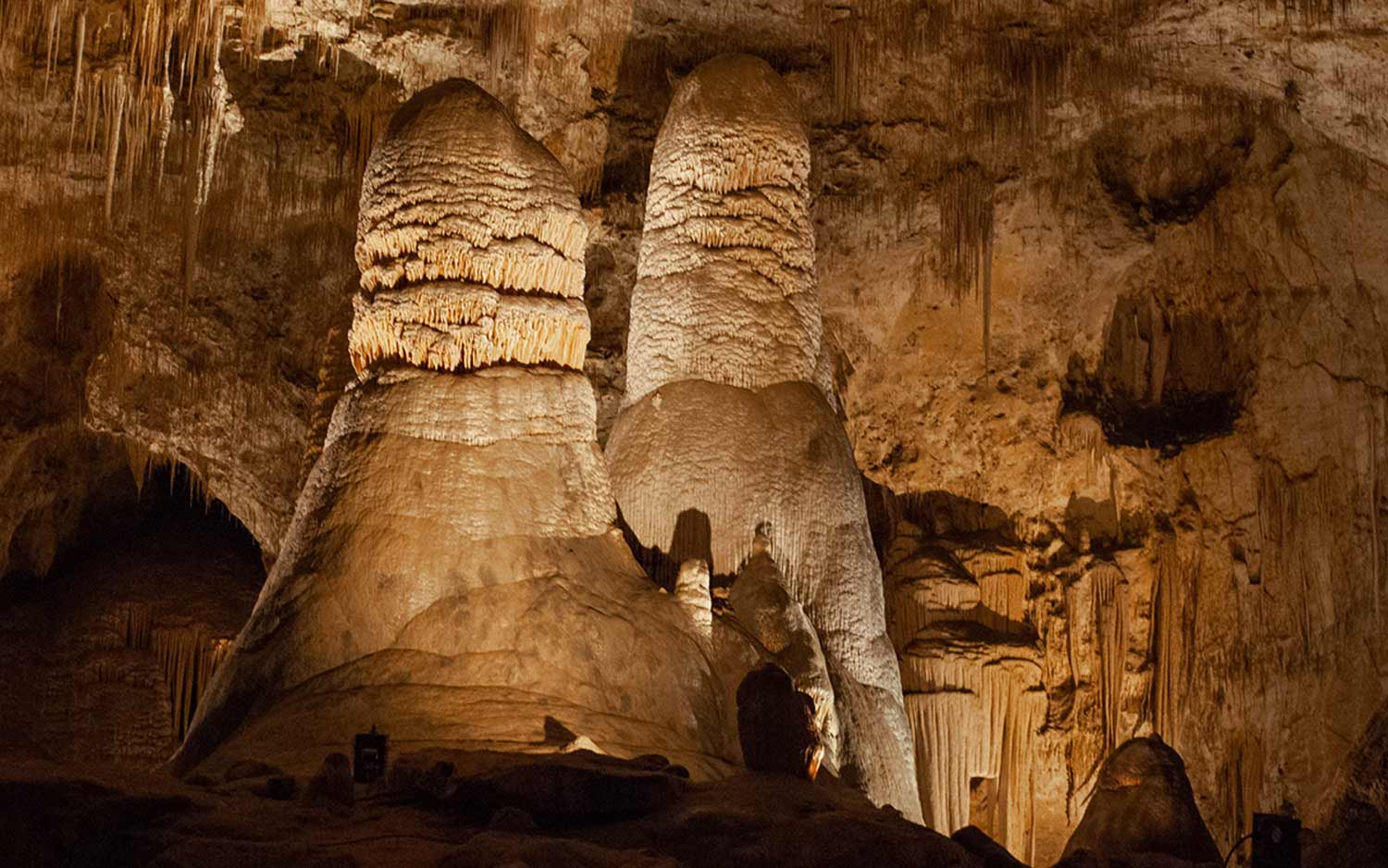
The Role of Water in Cave Formation
During a family vacation, Bob Enyart, co-host of Real Science Radio, encountered the official audio tour of Carlsbad Caverns, which has since been removed from the Internet. In this tour, it was stated that the “rate of formation depends on the amount of available water.” This insight is significant because it highlights how the presence of large amounts of water can accelerate the formation of caves and their features, like stalactites. The idea that water plays a central role in the process implies that, under certain conditions, caves could form much more quickly than traditionally believed.
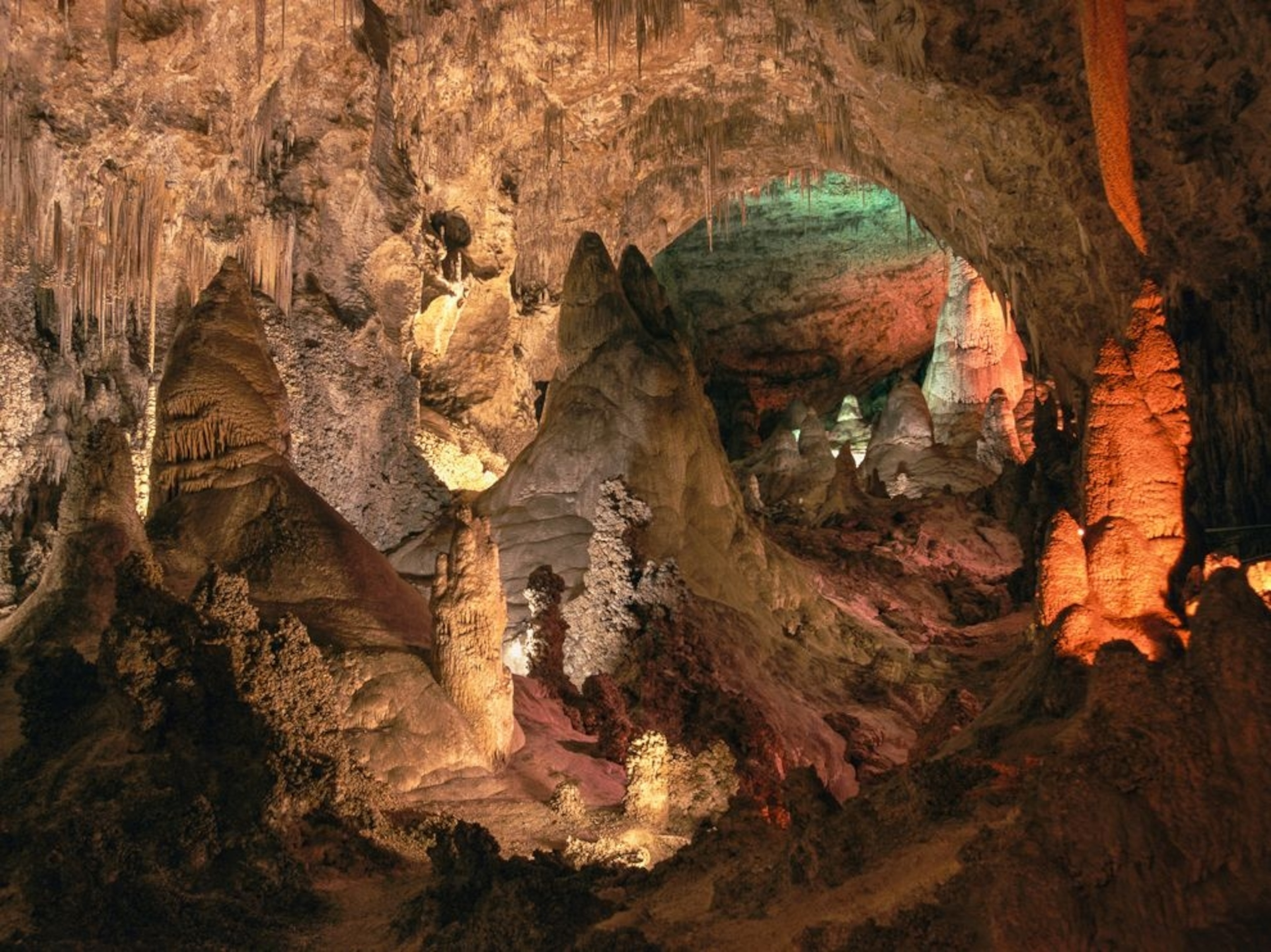
A key moment in the Carlsbad Caverns: A Walking Tour in 3D video asks, “Do you know how quickly they grow?” The response? “Nobody knows the answer to that question. For one thing, formation growth is based on the amount of rain or snow on the surface.” This uncertainty underscores the complexity of cave formation and suggests that the conditions of water availability could have a far more immediate impact on the cave’s development than the standard geological model suggests.
Rapid Formation and the Role of Global Floods
One of the most compelling arguments against the conventional millions-of-years model is the observation that cave formations, such as stalactites, can grow quickly in certain environments. Notably, rapid stalactite growth has been observed beneath man-made structures like the Lincoln Memorial. This suggests that, under the right conditions, such formations can occur in a relatively short period of time.
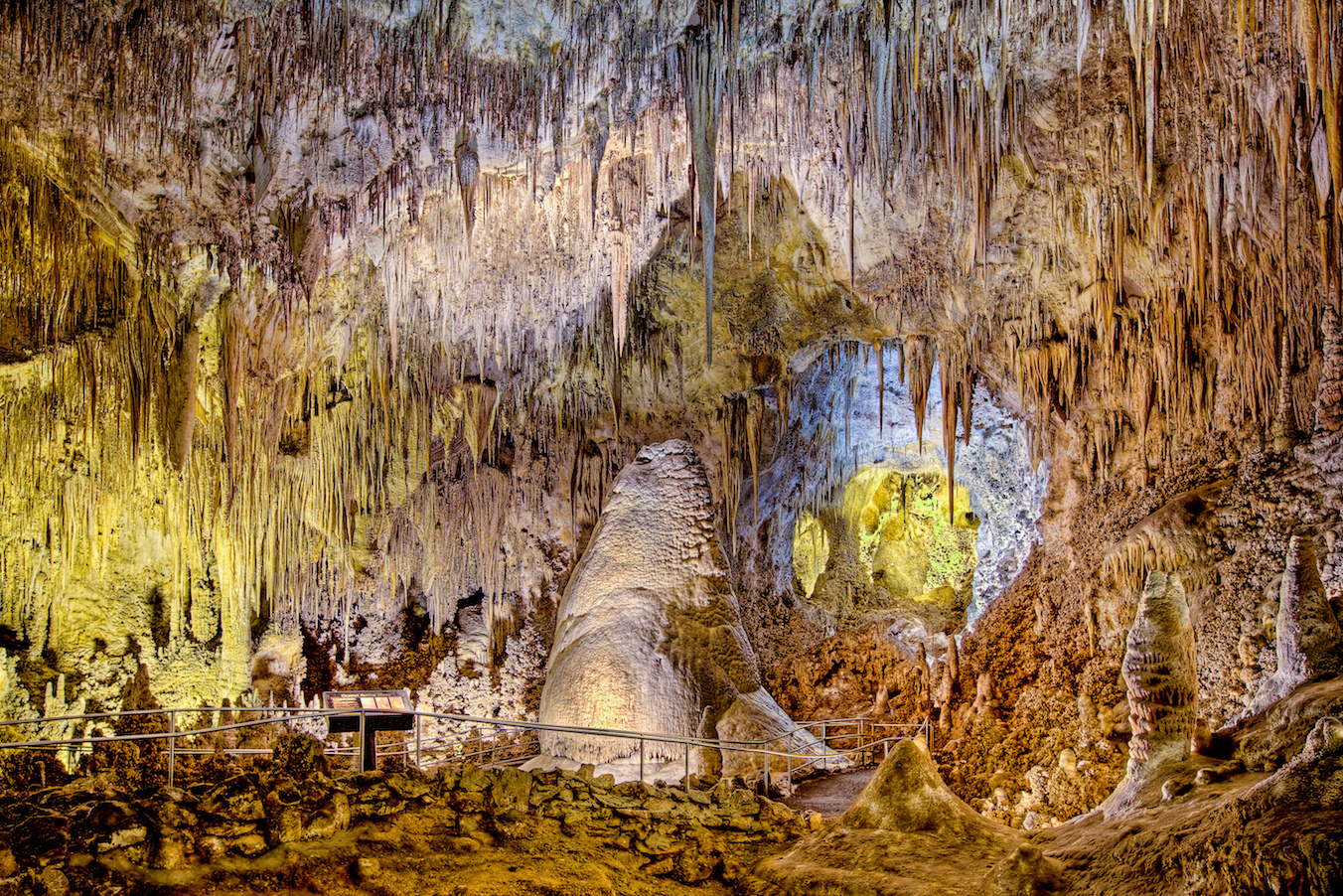
The key factor here is the possibility of a global flood event, which could have provided the necessary conditions for the rapid formation of caves. The presence of large-scale flooding would have brought vast amounts of water into contact with the surface, accelerating the growth of cave systems. This is consistent with some biblical models of a global flood, offering a scientifically supported alternative to the long geological timescales often used to explain cave formation.
Challenging Traditional Geological Assumptions
The idea that caves like Carlsbad Caverns could form in a much shorter period than millions of years challenges long-standing assumptions in geology. The ongoing revisions to the cave’s history by the National Park Service reflect an evolving understanding of how caves and their formations come into being. Rather than requiring millions of years, cave formation could be far more dynamic and rapid, occurring under the right conditions of water availability and environmental circumstances.
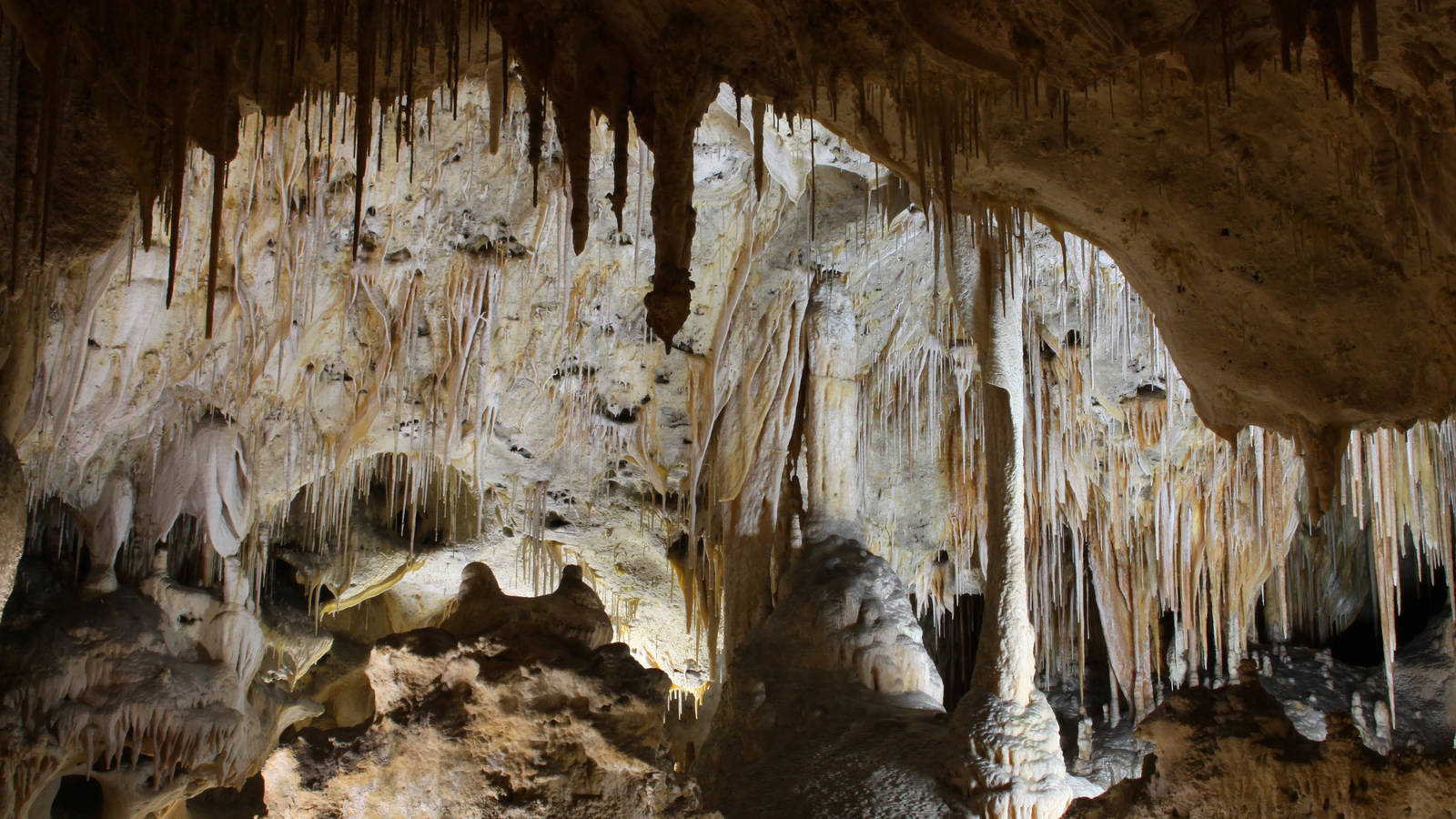
Conclusion: A New Understanding of Cave Formation
The growing body of evidence that stalactites and cave systems can form rapidly calls into question the conventional geological timescales of millions of years. The National Park Service’s revisions to the timeline of Carlsbad Caverns, along with the observation of rapid stalactite growth in modern environments, suggest that the process of cave formation may be much more dynamic than previously understood.
By considering the role of global floods and water availability, we gain a more nuanced view of how caves and their formations could have developed. This evolving understanding challenges traditional geological assumptions and points to the possibility of much faster geological processes than mainstream science has long accepted. The ongoing revisions to the history of Carlsbad Caverns are a testament to how scientific inquiry is always evolving, encouraging us to reconsider the timescales of Earth’s natural processes.

